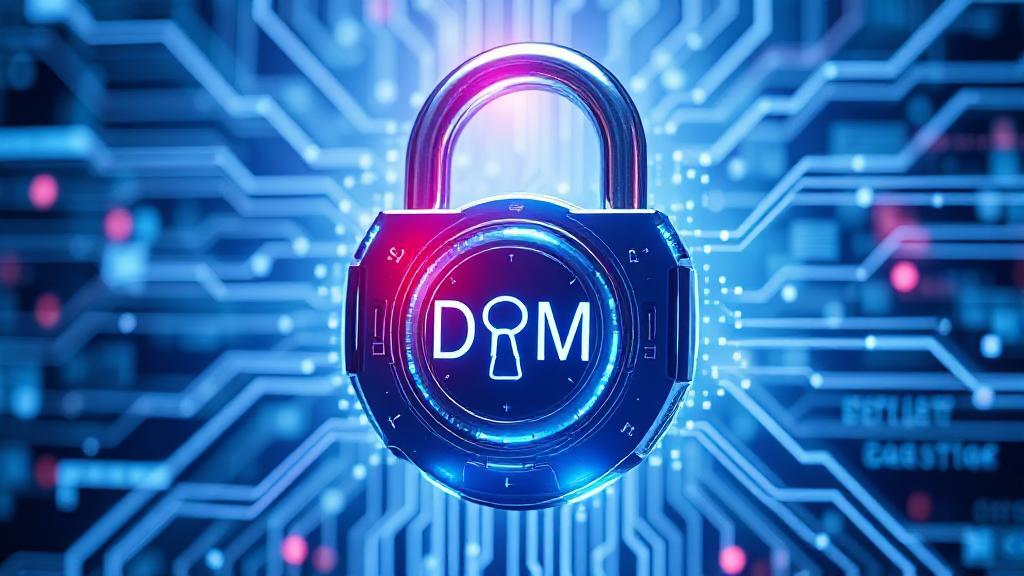What is Digital Rights Management (DRM)?
Digital Rights Management (DRM) is a set of access control technologies used by publishers, copyright holders, and hardware manufacturers to restrict the use of digital content and devices. The primary goal of DRM is to prevent unauthorized redistribution of digital media and restrict the ways consumers can copy content they've purchased.
DRM applies to various types of digital content, including:
- eBooks
- Music files
- Video games
- Software applications
- Streaming media
How Does DRM Work?
DRM technologies implement encryption and authentication mechanisms to control the use of digital content after it has been sold or distributed. Here's a simplified breakdown:
- Encryption: Content is encrypted so that it can only be accessed by authorized users
- Licensing: Users receive specific rights through licenses when purchasing or renting content
- Authentication: Users must verify their identity or device before accessing content
Common DRM Technologies
| Platform | Primary DRM Technology |
|---|---|
| Netflix | Multi-DRM approach |
| Amazon Prime | Microsoft PlayReady |
| Disney+ | Widevine |
| Apple | FairPlay |
| Adobe | ADEPT |
Benefits of DRM
For Content Creators
- Protection against piracy
- Controlled distribution of intellectual property
- Ability to implement various business models
- Revenue stream protection
For Distributors
- Secure content delivery
- Usage tracking and analytics
- Flexible licensing options
- Prevention of unauthorized sharing
Controversies and Criticisms
"DRM doesn't stop pirates, it stops legitimate customers from doing legitimate things." - Cory Doctorow
Common criticisms include:
- Limited device compatibility
- Potential loss of access if services shut down
- Privacy concerns regarding usage tracking
- Reduced functionality compared to DRM-free alternatives
- Unfair restrictions on consumer rights
- Risk of ecosystem lock-in
Implementation Examples
Steam Gaming Platform
Steam's DRM system allows users to install games on multiple computers but requires online authentication for initial setup. This balance between security and convenience has made it widely accepted among gamers.
Netflix Content Protection
Netflix employs multiple DRM technologies to protect its streaming content:
The Future of DRM
The future of DRM is likely to be shaped by ongoing debates about the balance between protecting intellectual property and ensuring consumer rights. Emerging trends include:
- Blockchain-based DRM solutions
- AI-powered protection mechanisms
- More sophisticated user authentication methods
- Cross-platform standardization efforts
Best Practices for Content Creators
When implementing DRM, consider these guidelines:
- Choose appropriate protection levels
- Ensure seamless user experience
- Provide clear usage terms
- Maintain backup systems
- Consider offline access options
